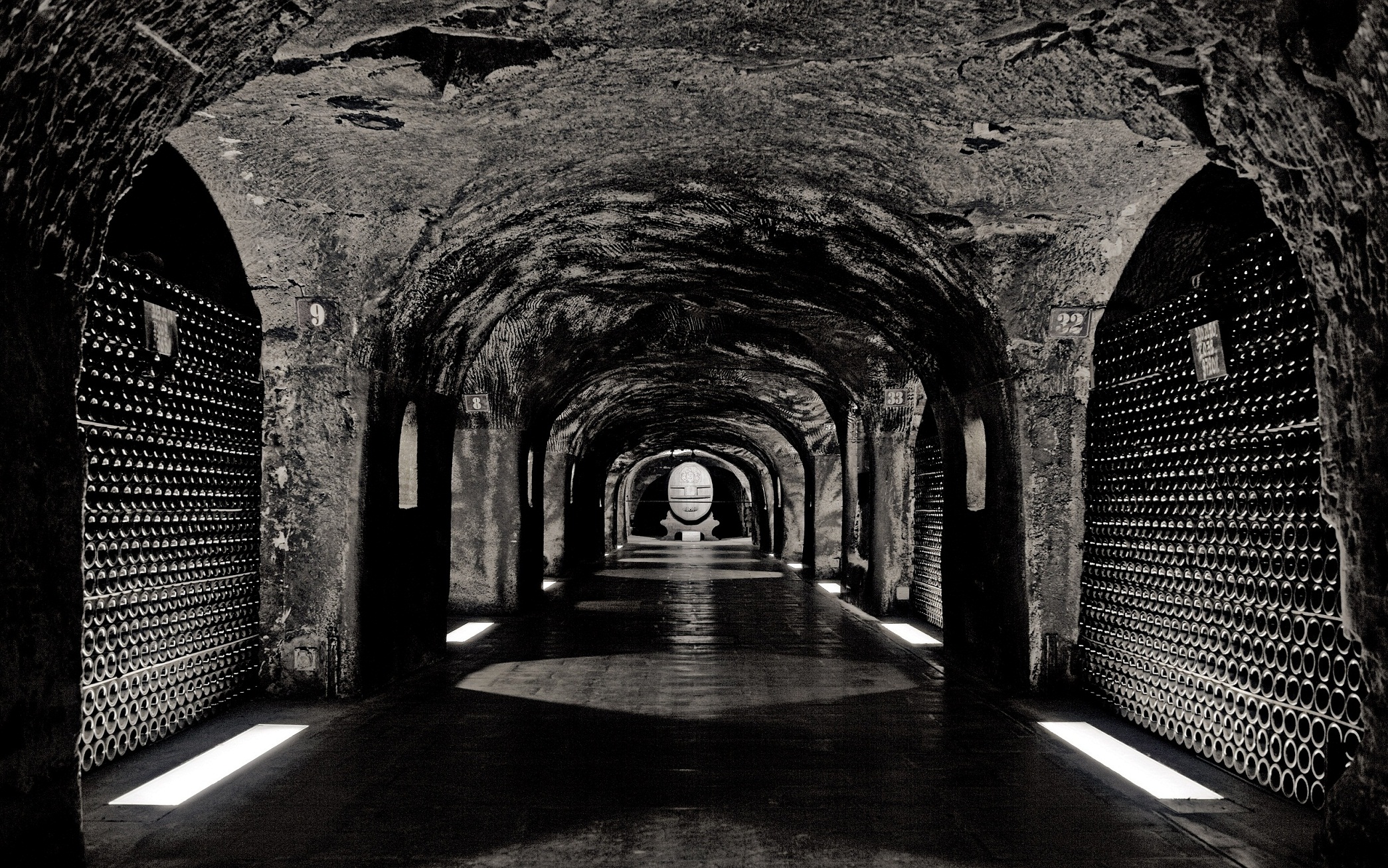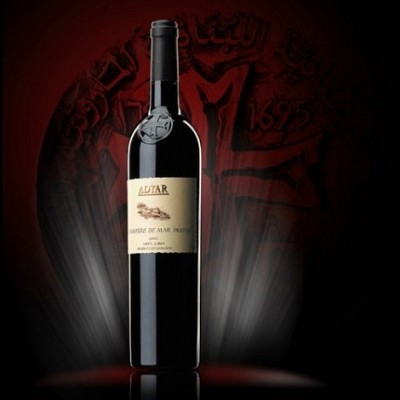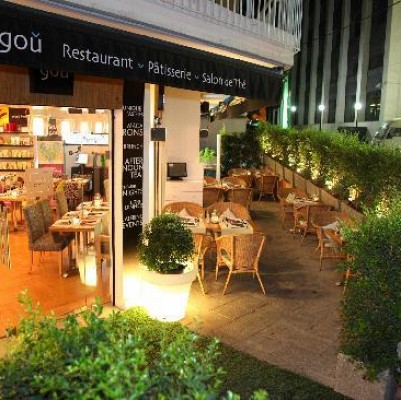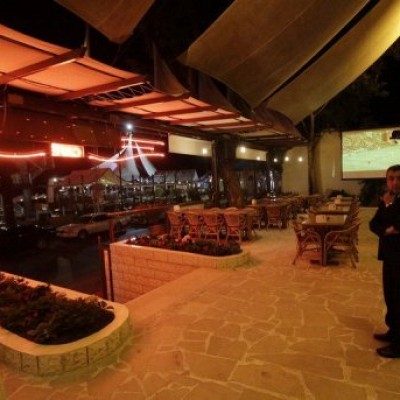After one year renovation, Moët & Chandon tour comes back to life. The Cour d’Honneur, the historic Imperial and Jean-Remy salons, and the boutique were remodelled to offer visitors an experience that is faithful to the Maison spirit. The work was particularly guided by the optimization of access for persons with reduced mobility: an elevator was built to go down to the cellars, and a new entrance was created to allow access to one of the Maison’s emblematic salons. These developments complement the existing access and now provide optimal visiting conditions.

The reopening of such a place is a rare moment that highlights the Maison’s roots. Since its foundation in 1743, Moët & Chandon, an international symbol of French art de vivre, has continually aimed for perfection in its wines, and offers visitors an immersion into its family heritage and history.
The extensive work undertaken by Moët & Chandon serves two objectives: the desire for its emblematic cellars to comply with and exceed prescribed standards, and the necessary preservation of these internationally-recognized heritage sites, in alignment with the recent inclusion of the avenue de Champagne cellars on the UNESCO World Heritage list.
The Maison has owned cellars on avenue de Champagne since its creation. Claude Moët, the founder, acquired property on faubourg de la Folie, now known as avenue de Champagne. An archive document reveals that in 1743 he owned a cellar under the site of the current Trianon residence. Many underground galleries were dug or bought right up to the end of the 20th century, completing the largest network of cellars in Champagne: 28 kilometers.
The architecture and the materials used in the Moët & Chandon cellars are surprisingly varied. Wide, narrow, low, or even twice as high as normal, it is this diversity that best defines the Moët & Chandon cellars.
Beyond the champagne bottles they contain, the cellars allow visitors to discover the Imperial Gallery, named in reference to the friendship between Jean-Remy Moët and Napoleon I, the Napoleon Cask, which was offered to Jean-Remy during one of Napoleon’s visits, as well as the commemorative plaque of the Emperor’s third visit in 1807.
More than ever, the Moët & Chandon cellars are engaged in their mission of relaying the Maison’s history and French art de vivre to the thousands of French and international visitors throughout the year.






































